As an Amazon Associate I earn from qualifying purchases.
Elderflower syrup is sunlight and rainbows in a bottle. Golden, floral and sweet, this makes everything it touches better. Here’s how to make it at home.
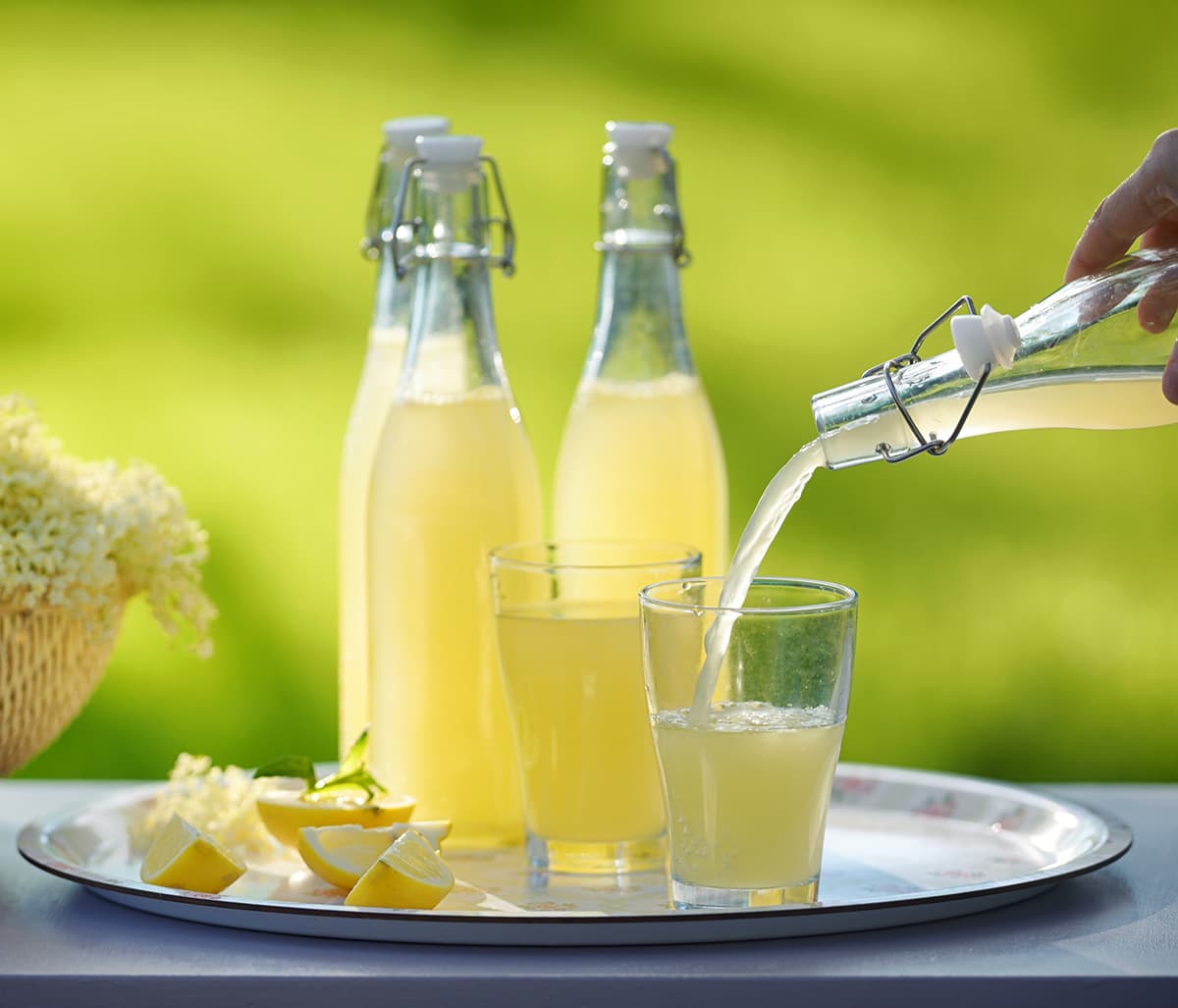
Late springtime and early summer are the best time to gather elderflowers to make elderflower syrup.
Finding the buttercream flowers isn’t too tough: Elderberries grow everywhere near rivers, and other well-watered places. You can see them as early as April in the South and California, and as late as September in the high mountains or far north, like in Canada.
I’ve seen elderflowers all over the place in Georgia and Florida in early spring. The farther north you live — or the higher in elevation — the later you must wait. And keep in mind you are looking for blue or black elderberries, not red elderberries. You want Sambucus nigra or S. mexicana.
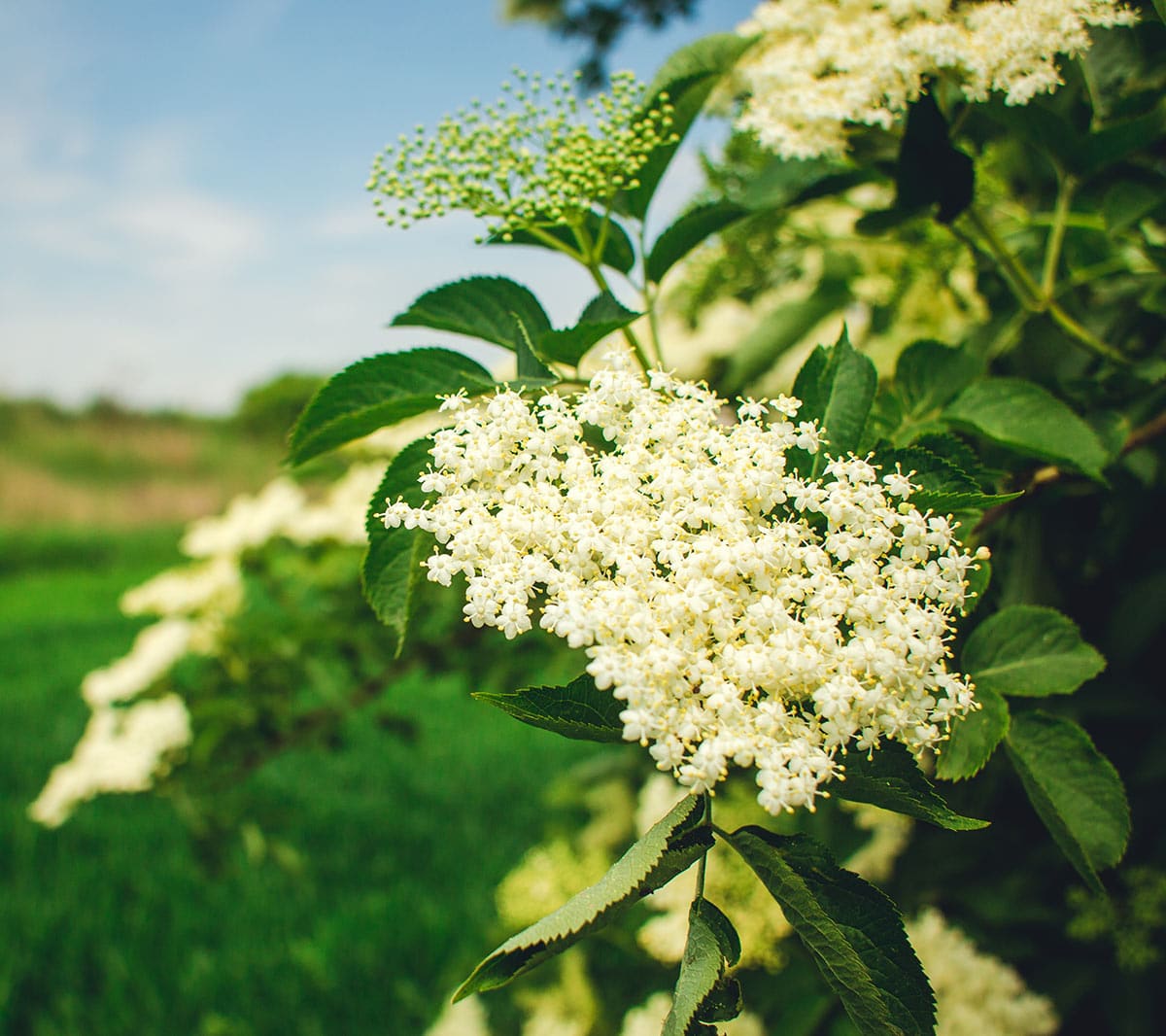
Collecting Elderflowers
Keep in mind that an elderberry bush is a large plant, and can even grow into a small tree. Study the leaves in the photo above: They are a lush dark green, slightly serrated on their edges, and form on stalks; each leaf should be opposite to another. The flowers are cream-colored, not white.
Sometimes over-eager foragers fail to look at the plant they are picking from and grab hemlock by mistake. This can be fatal. But hemlock looks nothing like elderberry, so I have a tough time figuring out how this mistake happens…
A good rule to live by is to not take more than a few flower heads from each elderberry bush: This ensures that the bush will have enough to spread itself, it makes you find more bushes — it’s never a good thing to have only one spot for anything you forage for — and, most importantly, selective picking means you can come back in a few months for the berries.
Only choose the most beautiful flower heads; you don’t want flowers that have yet to open or are past their prime. Collect them in a paper bag so they can breathe. Plastic will make them wilt and sweat.
You will need a lot of flowers to make cordial, so grab a big grocery sack full.
Making Elderflower Syrup
Keep in mind that elderflower syrup is not alcoholic. It can be anything from a light, ready-to-drink concoction, to a full-on syrup that can keep a year or more and is used as a base for other things, like elderflower champagne.
If you want to make elderflower liqueur, this is my recipe for that.
Elderflower cordial has a subtle flavor. What does it taste like? It is more of an aroma thing, although the elderflower “lemonade” I am drinking right now has a certain tannic backbone to it that says it is not just lemonade.
You make the base for elderflower syrup by preparing a simple syrup (1:1 sugar to water), bringing it to a boil and pouring it over lemon zest, a little lemon juice, lots of elderflowers, and a little citric acid, which adds flavor and keeps everything stable. You let this sit at room temperature for as little as a few hours, or as much 2 or 3 days to macerate, and the result after you strain it through cheesecloth is this lovely-looking syrup.
NOTE: If you just want to make a simple elderflower syrup, which will ferment quickly if you don’t keep it cold, skip all the lemon and citric acid. For a quart, boil 3 cups sugar and 3 cups water. Let it cool enough so you can stick your finger in it, then pour it over a quart Mason jar full of elderflowers. Steep 2 days in the fridge, then strain. Use within 3 weeks.
Using Elderflower Syrup
I add about a tablespoon of the syrup to a pint of water to make an elderflower cordial with the level of flavor Gatorade has; add more syrup for a stronger drink. It tastes a lot like an Arnold Palmer (50-50 iced sweet tea and lemonade), but as elderflowers are known to be seriously good for you, I like this better.
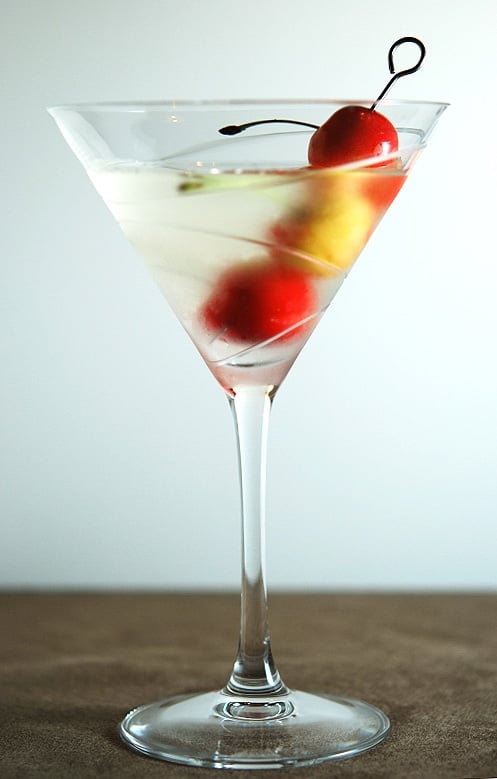
Years ago, Holly added some syrup to vodka to make an “Elder-tini,” which, when added to some cherries, make a damn good cocktail. Elderflower syrup is also excellent mixed with Champagne (a classic), and its Italian cousin Prosecco. My friend Heather makes a drink called a Caddisfly Nymph, which is elderflower syrup, Prosecco and a touch of Peychaud bitters.
Elderflower syrup makes a great glaze for chicken or pheasant breasts, or, when mixed with a champagne vinegar, a helluva gastrique (sweet and sour sauce) for poultry, rabbit or fish.
Elderflower Syrup
Ingredients
- 1 quart water
- 4 cups sugar
- Juice of 2 lemons
- Zest of 2 lemons
- 1 teaspoon citric acid (optional)
- 25 elderflower heads, about 2 cups flowers, stems removed
Instructions
- Snip off the flowers from the stalks into a large bowl or jar that will hold everything. Try to remove as much of the stems as you can; they are toxic. A few stray bits of stems will not hurt you, but you want to minimize it.
- Zest the lemons and add it to the bowl, then the citric acid and lemon juice.
- Bring the sugar and water to a boil, stirring occasionally to dissolve. Let the syrup cool enough so that you can stick your finger in it without getting burned; you can leave it to cool to room temperature, too. Pour the syrup over the flowers, lemons et al and stir to combine. Cover the bowl or jar and leave it for 2 or 3 days.
- When you are ready, strain it through a fine-meshed sieve lined with cheesecloth or a paper towel into a clean Mason jar. Seal the jar and store in the fridge.
- To serve, pour 1 to 3 tablespoons of the syrup into a pint glass and add water or seltzer. Or you can add a tablespoon to a glass of sparkling wine, or to a couple shots of vodka or gin.
Notes
Nutrition
Nutrition information is automatically calculated, so should only be used as an approximation.
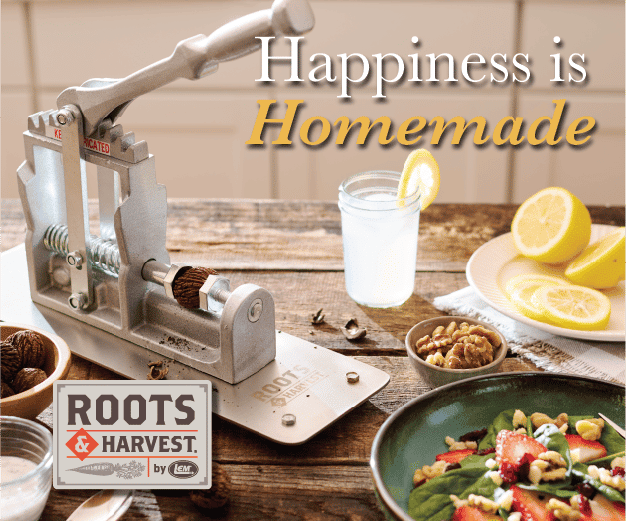

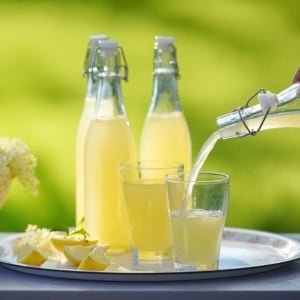
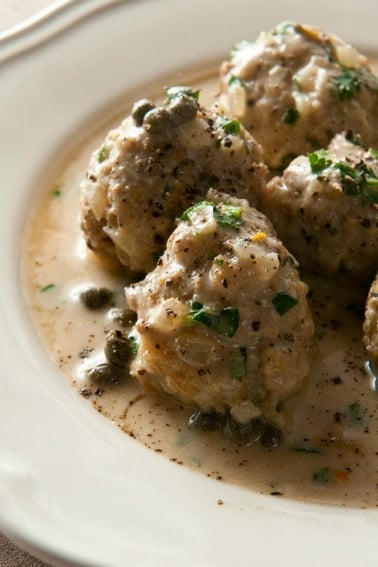
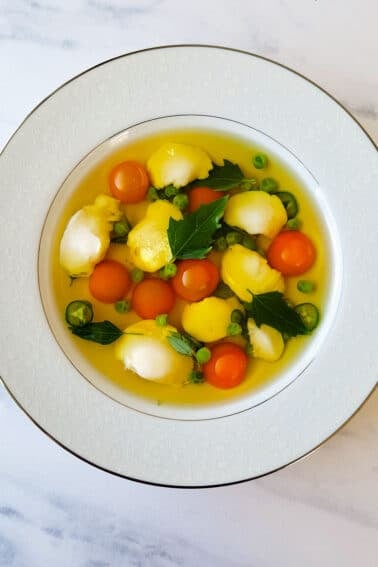
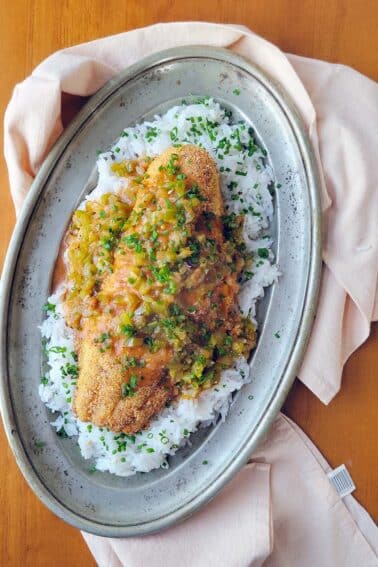
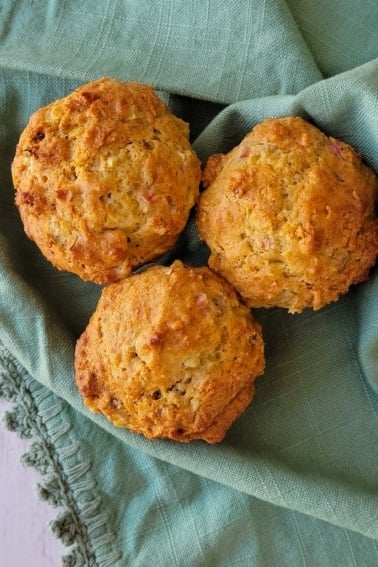
Great thank you! Was my first try and I think it worked well. It made so much! I’ve been giving it as presents.
I made Elderflower cordial this year for the 1st time and I’m wanting to preserve to make it shelf stable. Are the lemons and Citric acid enough or does it still need to be refrigerated? And is the “syrup” the same as the cordial? Thanks for answering!
KC: I’d still keep it in the fridge. Fermentation finds a way, especially above 40F. And basically yes, the syrup and cordial are the same thing.
Thanks again Hank. I make your syrup every year with wild Norcal elderflowers. I do cheat a bit and ferment the flowers for a few days first and then redilute the syrup with the ferment pouroff… it aint exactly St Germain level but it’s frankly easier to mix into a cocktail or even drink straight as a nightcap by June. All the best!
Should I refrigerate the syrup after I put the flowers in or is it ok to leave out?
Charlotte: I leave it out if the temperature in the room isn’t much over 70F. If it is, then put it in maybe the basement, or yes, the fridge.
Hank, have you tried any substitute for white cane sugar? I’m wondering about monk fruit, maple syrup, or honey. Thoughts on how it might work with this syrup or if better suited for rhubarb or elderberry syrup?
Robyn: Maple is a no-go unless you want to intentionally mix those flavors — you might want to, but just be aware of it. I don’t know anything about monk fruit. Honey is a good match with elderflowers, for sure. So you could dilute the honey in hot water to make your syrup and infuse the flowers in that. Only problem is that I don’t know what the exact dilution would be for a stable syrup. You need that 1:1 ratio of sugar to water to get a syrup that won’t ferment. If you only need it for a week or three in the fridge, you can be a bit more freewheeling.
Can dried flowers be substituted for the fresh ones? If so, would the amount be 1/3 of the fresh as with other dried herbs? TIA!
Denise: Technically yes, but I find them to be less aromatic and, well, “dusty.” But people do use dried flowers.
On the west coast near BC and Washington, the red elderberry flowers are used actually to make the same cordial you have here. As well traditionally some coast Salish groups ate the berries (spitting out the seeds). It is recommended to cook them to suffer no ill effects. I’ve tasted the berries and they are quite bitter, so I only harvest the flowers. http://www.digitalsqewlets.ca/sqwelqwel/belongings-possessions/harvesting-recolte/red-elderberry_sureau-rouge-eng.php
Hi Robin,
Here in Newfoundland, we have sambucus racemosa. I’ve been using it for syrup, and I hope it’s safe. Is this the variety you use?
Love elderflower syrup, its a very nostalgic flavor for me. Do you or can you can this for later use?
Ilan: I don’t think so, but it keeps in the fridge for months and months…
oh Hank, I’m so glad you brought this recipe out again! it’s the first thing I learned from you. Every spring the elders in my yard and along the river make me think of you, and how delicious thus syrup is!
I have been using this recipe for years and everyone loves it! It makes great cocktails and mocktails and it’s always an adventure finding the bushes—best to search in a canoe here in NY! Thank you for all the great info!
I would really suggest removing your comment about it not being safe to use red elderflowers. They are what grow in my area and they are absolutely fine to use. There are slightly higher toxic levels to the berries than black (however it is well documented that native peoples used them for food) but the flowers are interchangeable with the black or blue. Local universities and knowledgable authorities confirm this. It would be a shame to spread false informed when so many could be using them.
I absolutely agree. Red elderflowers have the same culinary and medicinal uses, and while the berries are toxic raw, they are safe cooked, and as mentioned, have a long history of traditional use amongst indigenous peoples.
Thanks … I’m originally from Sweden where we have Sambucus Nigra everywhere and drink the cordial year around. I wanted to plant some here in the PNW and was trying to determine if I had to get the European version. It seems like I can go with an American (Canadiensis) subspecies. Thanks again.